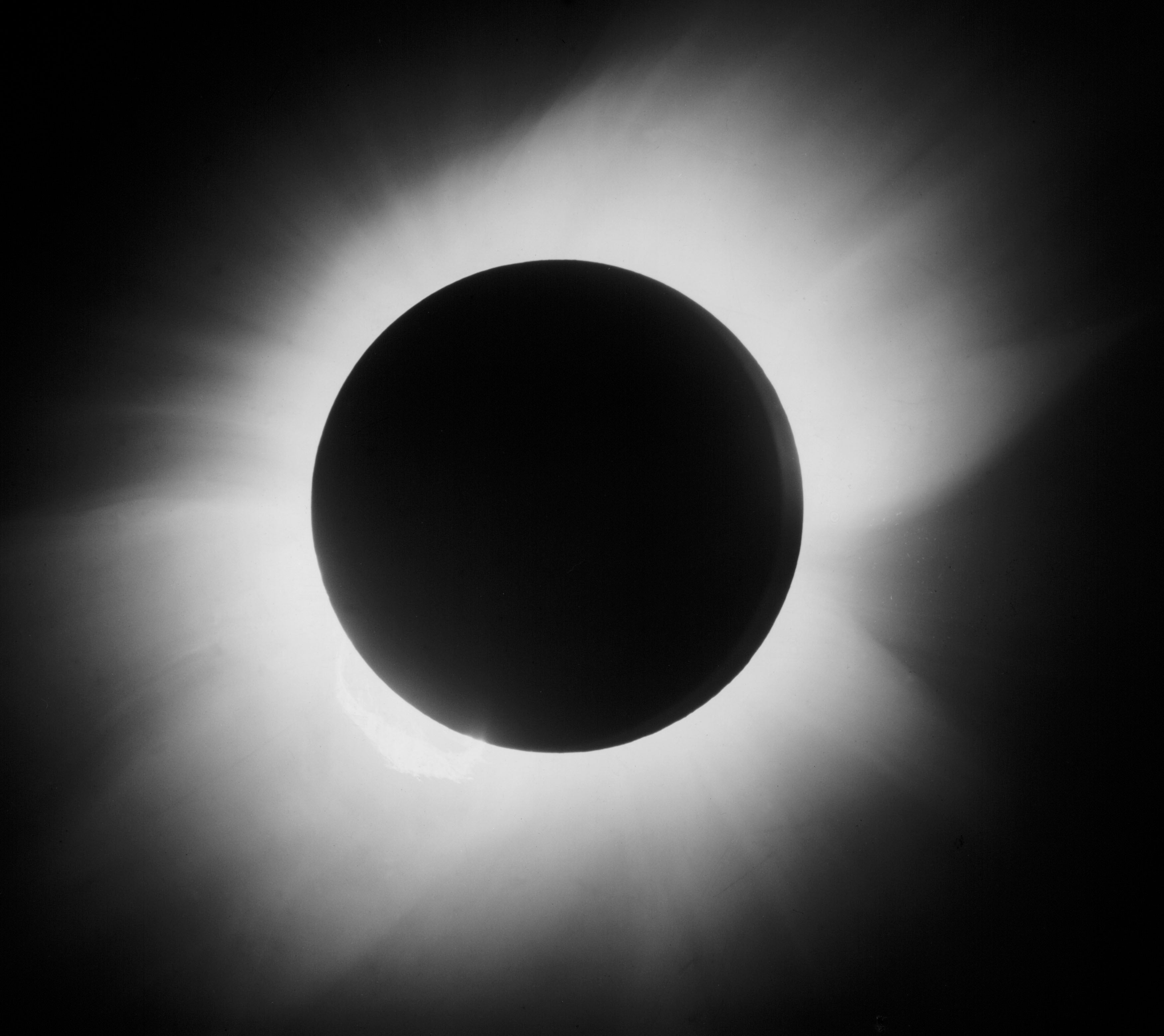
This article is part of a special report on the total solar eclipse that will be visible from parts of the U.S., Mexico and Canada on April 8, 2024.
Total solar eclipses, such as the one set to sweep across a swath of North America this April, are among the most sublime and transcendental natural phenomena that one can experience. The spectacle of totality—when the moon completely covers the sun to cast a dark shadow on Earth below—is almost unreal, as if the natural rhythm and regular order of the cosmos has come undone. It’s no wonder, then, that throughout history, these events have incited fear, wonder and reverence. They’ve also served as the perfect opportunity for astronomers to test advanced theories of physics and discover new aspects of our natural world. Here are just three of the many times that a total solar eclipse has transformed our views of the heavens, Earth and everything in between.
Halley’s Eclipse
On supporting science journalism
If you’re enjoying this article, consider supporting our award-winning journalism by subscribing. By purchasing a subscription you are helping to ensure the future of impactful stories about the discoveries and ideas shaping our world today.
If it weren’t for Edmond Halley, we might have never had Isaac Newton’s revolutionary theory of gravity. In 1684 one of Halley’s contemporaries, Robert Hooke, claimed to be able to derive Kepler’s laws of planetary motion from simpler principles. When he was challenged on his assertion, however, he couldn’t back it up. Halley had also agreed to take a crack at the problem, only to come up short himself, so he turned to his old friend Newton. Newton surprised Hooke by saying he had already found a solution but had “lost” the notes. To satisfy Halley’s persistent encouragement, Newton produced perhaps the greatest work of physical insight ever, his Principia Mathematica.
To say that Halley was Newton’s superfan would be an understatement. Halley personally…
Read the full article here






